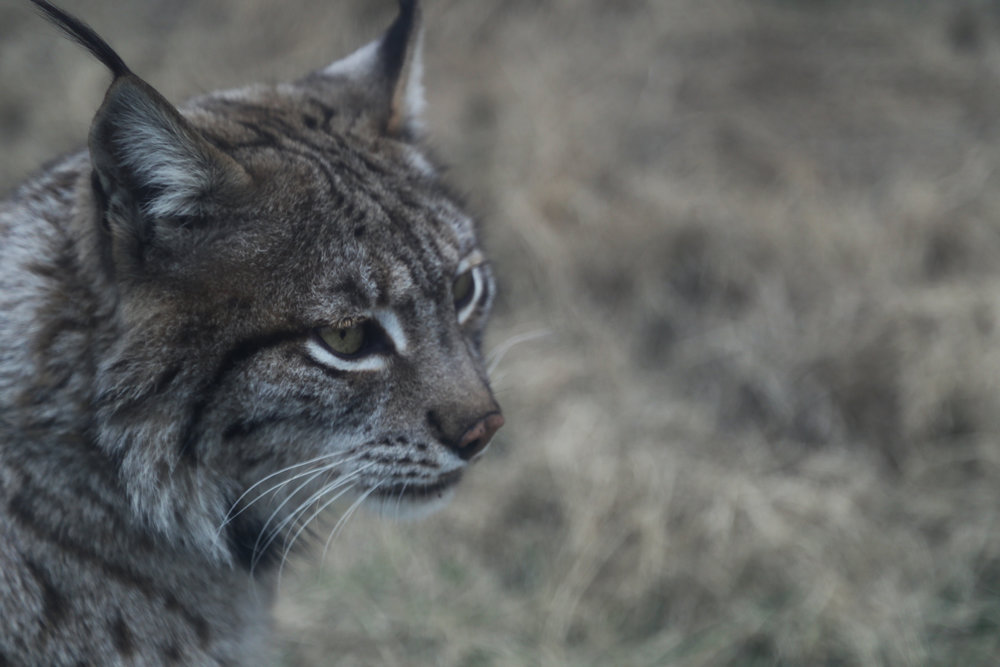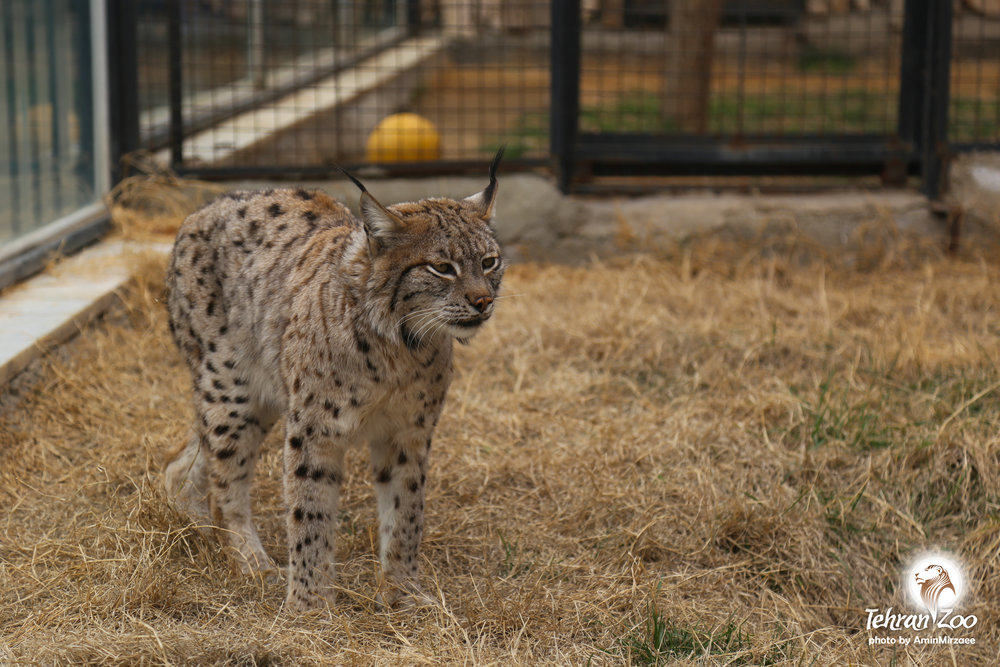Detailed action plan prerequisite for conservation of lynxes in Iran

Lynx is the animal that conservationists have distinguished as an indication of an intact environment. Now, some groups of dedicated conservationists are working to save the wild populations in natural ecosystems.
Four species belong to the genus Lynx: The Eurasian Lynx (Lynx lynx), the Iberian Lynx (Lynx pardinus), the Canada Lynx (Lynx Canadensis) and the Bobcat (Lynx rufus).
Lynx is the animal that conservationists have distinguished as an indication of an intact environment. Now, some groups of dedicated conservationists are working to save the wild populations in natural ecosystems. But lynx is a solitary and precarious animal who avoids other's territories. Conservationists have to use low-stress techniques which require an understanding of how they relate to space.
In Iran, another specific problem has been besetting conservationists: lynxes avoid cameras!
Lynxes, outside the breeding season, will go out of others way to avoid encounter and seem to respect each other's territories. Lynx is a hyper-alert predator who is wary of outsiders. Ironically, this species requires high density of cameras that is not possible now.
So without reliable data, a step forward is not possible. Conservation of lynx is a complicated job.
Why human intervention is necessary?
Iberian lynx is an Endangered (EN) species. This species was restricted to two separate regions of southwestern Spain, namely eastern Sierra Morena and the coastal plains west of the lower Guadalquivir.
According to the comprehensive surveys conducted in 2004 by the Spanish government, only two isolated breeding populations of Iberian lynx (Lynx pardinus) were recorded in southern Spain, totaling about 100 animals, with only 25 breeding females.
Because of declining numbers, an agreement was signed by the Spanish Environment Ministry and the local Andalusian Environment Council to collaborate on lynx conservation in breeding.
An assertive program named LIFE Iberlince tried hard during the time and finally reached to a great success: the number of population had grown to over 300 individuals.
The project has been a cradle of life for the species. Conservationists have studied Iberian lynx in detail, but to preserve them, they should keep it wild and such an approach is still difficult.
Collaboration of the Spanish national and regional administrations, different NGOs (like World Wildlife Fund) and the European Union (via the Life projects), resulted in the species recovering from extinction.
International Union for Conservation of Nature (IUCN) assessment in 2015 has downgraded the Iberian Lynx to “endangered”, due to the increase in mature individuals from 2002. And, all of this is caused by human activities.

Euracian lynx/Photo by Amin Mirzaee
Lynxes' threats in Iran
Lynxes do not inhabit large areas which are intensively cultivated or given over to industrial development. They hunt small mammals and many larger ones. Without sufficient food to support them, they are forced to attack livestock, bringing them into more frequent contact with people and increasing the risk of getting killed by domestic dogs and humans.
Some scientists bothered to peek into lynx habitats. Lynx do not breed until they have found a suitable home range where it will be possible to rear young. In countries such as Iran, where habitat is really restricted, adult lynx may never get the opportunity to breed, and that's why killing a mature female with three youngsters in Garmabdar of Lavasan, north of Tehran, during Noruz vacations (March 21-April 1) is considered not just a horrible event but also a great threat to an endangered species.
Why lynxes are important?
Animal Diversity Web (ADW) has been addressed to the ability of lynxes for influencing the population sizes, distribution, and behaviors of some prey species. "Ungulates make up the majority of their diets and they can consume 1 to 2.5 kg of meat per day. In regions where game hunting isn't practiced, Eurasian lynx may play a role in controlling deer populations. They can kill from 10 to 40% of roe deer, red deer, and chamois populations annually. This is highly dependent on lynx density, ungulate density, and other causes of ungulate mortality. The greatest impact is usually seen in roe deer and chamois populations." (Note that chamois is not listed in Iran's fauna but red deer and roe deer are the main members of Cervidae that lives in our country too).
Without predators such as lynx, the population of prey species will grow unchecked. Overgrazing and spreading specific disease is related to the explosion of ungulates' population. Lynxes allow the species below them to recover and also make the chance of restoring natural balance.

Euracian lynx/Photo by Amin Mirzaee
Wildlife heritage is in danger
When a species disappears from the landscape it becomes pop icon. In their time, they'd been an obstacle to progress but once they were gone, they turned into symbols of the mythic frontier.
Why don't we pay attention to our wildlife heritage at the right time?
Conservation doesn't always work out, though, conservationists must learn from past mistakes.
The rapid economic development over recent decades has been a significant threat to the lynx different species. Remote parts of the countryside have been opened up by the construction of new roads. As mentioned before, a poor Eurasian lynx (Lynx lynx) was killed by some uncultured tourists over the spring holidays. Approaches like this have had a detrimental effect on the lynxes.
The natural mosaic of habitats that suits lynxes and their prey has been broken up, and the lynx population has been reduced and critically fragmented. Although lynxes have been legally protected in Iran but reliable data doesn't exist. Many are still getting killed by people on the roads or cattle's fences and so on. On the other hand, most lynxes live on private estates and cattle ranches, where hunting and shooting are common.
An action plan for the lynx doesn't exist in Iran. Iran’s Department of Environment (DOE) has given the species (Lynx lynx) protection but is money and data available to manage it in place?
Leave a Comment